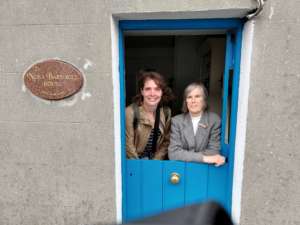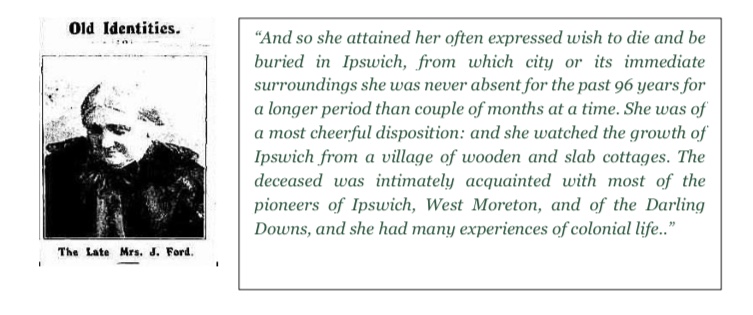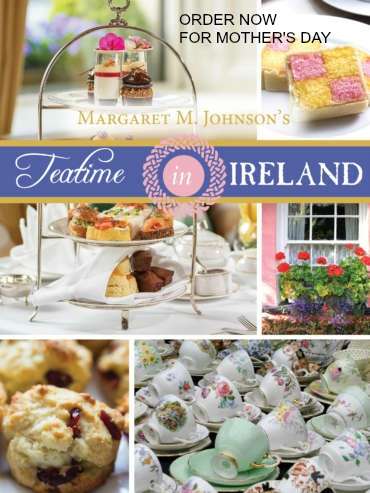“Ireland has its own language?”
This is a question I have been asked several times since moving to the United States and every time I hear it, my heart breaks a little more. Yes, Ireland does have its own language. It’s not the most well-known or the most romantic language but it has been through more trials and tribulations than many. And more impressive than that, it has survived. Our mother tongue has endured and is now rightfully enjoying a period of prosperity and popularity.
The history of the Irish language is complicated and at times bleak. During colonial rule the English saw it as a weapon and moved to ban it before it could be used against them. Sadly, the language has never truly recovered from this time and has not yet reached the heights of its pre-penal law usage and fluency.
The origins of Ancient Irish are rooted in Celtic times. Examples can be seen as inscriptions on Ogham stones around Ireland and date back to as early as the 3rd century. The Celts appear to have been a well-travelled people as in 1989 archaeologist Robert Pyle discovered a bone needle etched with Ogham writing in Wyoming County, West Virginia.
Middle Irish, which existed between 900-1200 AD, included some Scandinavian influences as Anglo-Normans began settling in Ireland. Despite this, the Irish literary traditions remained strong and several manuscripts have survived from this time. Middle Irish is the language of a large swathe of literature including the entire Ulster Cycle or the Red Branch Cycle, a collection of Irish mythology.













